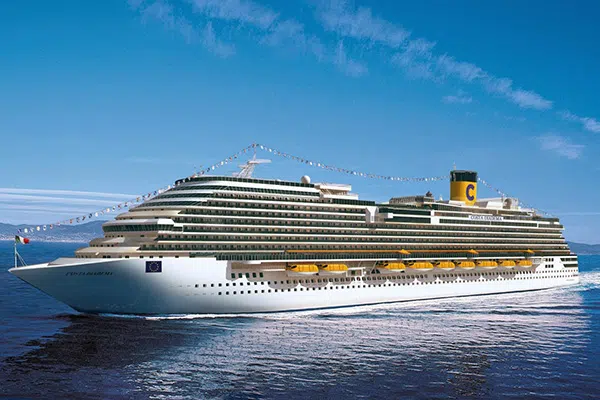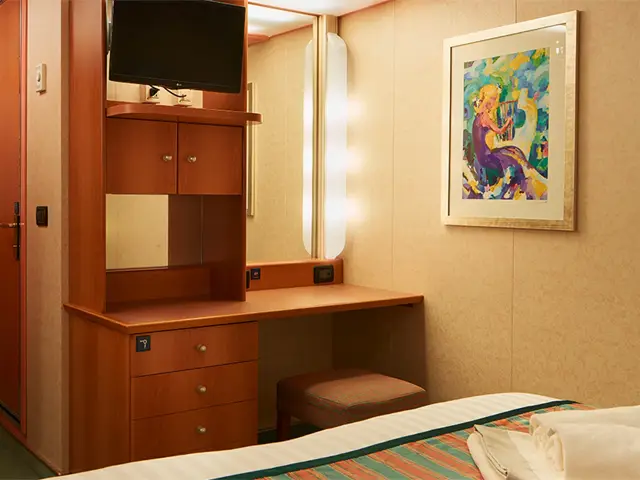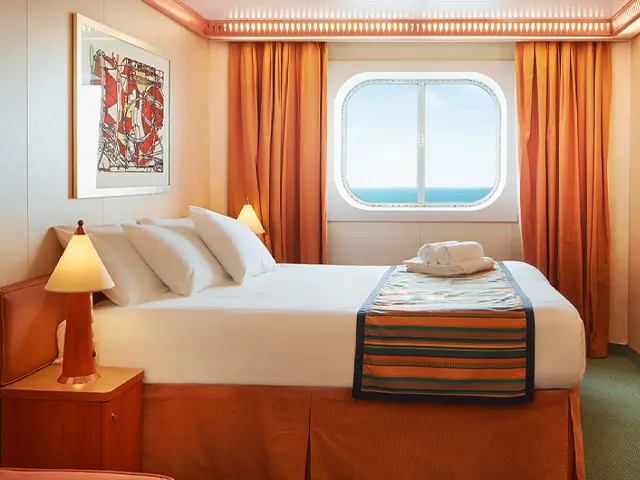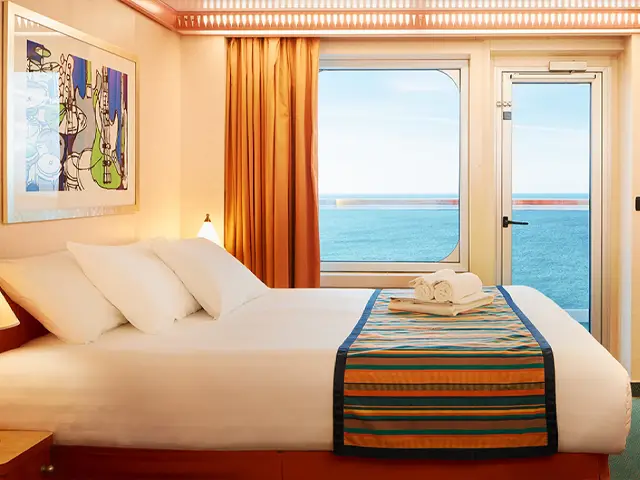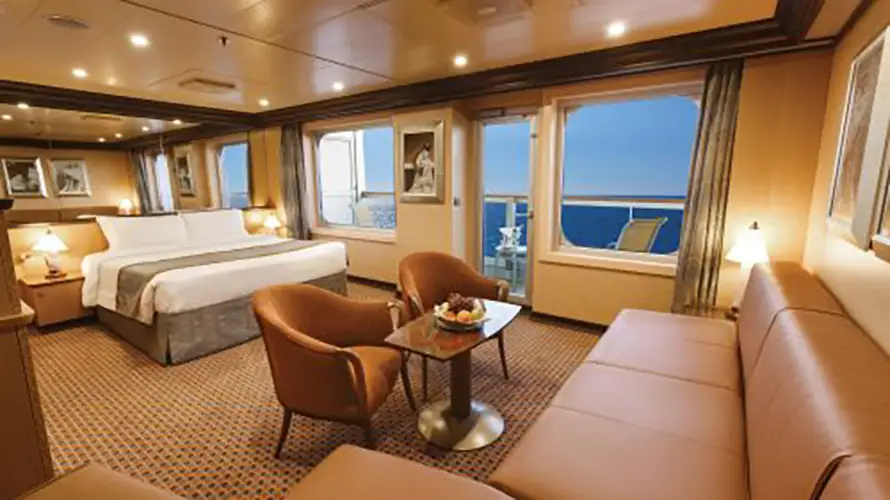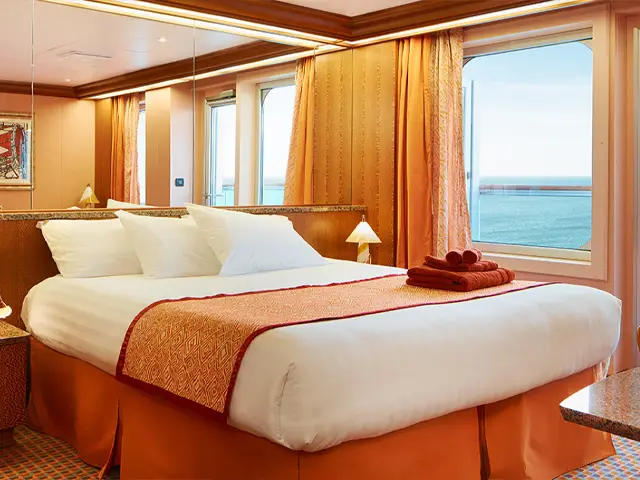Costa Cruises Northern Europe: 25 nights from Rio de Janeiro with Costa Diadema
Apr 20, 2026
Brazil, Cape Verde, Spain, Morocco, Portugal, France, United Kingdom, Belgium, Germany
Cruise itinerary
Departure Port: Rio de Janeiro ➞
Landing: Kiel
-
Monday, April 20, 2026 - 6:00 PMRio de Janeiro
-
Tuesday, April 21, 2026Navigation
-
Wednesday, April 22, 2026Navigation
-
Thursday, April 23, 2026 8:00 AM - 5:00 PMSalvador
-
Friday, April 24, 2026 12:00 PM - 8:00 PMMaceio
-
Saturday, April 25, 2026Navigation
-
Sunday, April 26, 2026Navigation
-
Monday, April 27, 2026Navigation
-
Tuesday, April 28, 2026Navigation
-
Wednesday, April 29, 2026 9:00 AM - 6:00 PMPraia
-
Thursday, April 30, 2026Navigation
-
Friday, May 1, 2026Navigation
-
Saturday, May 2, 2026 8:00 AM - 5:00 PMSanta Cruz de Tenerife
-
Sunday, May 3, 2026Navigation
-
Monday, May 4, 2026 6:00 AM - 7:00 PMCasablanca
-
Tuesday, May 5, 2026 10:00 AM - 6:00 PMCadiz
-
Wednesday, May 6, 2026 10:00 AM - 7:00 PMLisbon
-
Thursday, May 7, 2026 9:00 AM - 7:00 PMOporto
-
Friday, May 8, 2026 8:00 AM - 4:00 PMVigo
-
Saturday, May 9, 2026Navigation
-
Sunday, May 10, 2026 10:00 AM - 9:30 PMLe Havre
-
Monday, May 11, 2026 6:00 AM - 6:00 PMSouthampton
-
Tuesday, May 12, 2026 9:00 AM - 7:00 PMBruges
-
Wednesday, May 13, 2026Navigation
-
Thursday, May 14, 2026Navigation
-
Friday, May 15, 2026 7:00 AMKiel
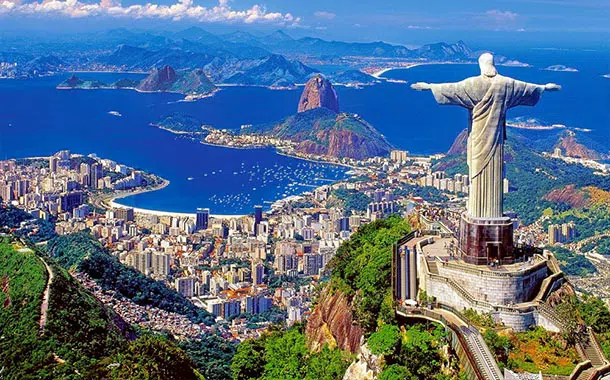
Rio de Janeiro
Rio de Janeiro (which means River of January in Portuguese) is a city in Brazil, the capital of the homonymous confederated state. The city has a population of approximately 6,186,710 inhabitants (according to the 2009 IBGE census), and occupies an area of 1,256 km² while that included in the metropolitan area is approximately 12 million. Rio is the second city in Brazil after San Paolo and was the capital of the nation from 1763 to 1960, after Salvador da Bahia and before Brasilia.
The city is famous for its tourist attractions including: the beaches of Copacabana and Ipanema, for the gigantic statue of Jesus, called Cristo Redentor located on Mount Corcovado, for the Pão de Açúcar (Sugarloaf Mountain), with its cable car, and for its annual carnival, the most famous in the world.
Rio de Janeiro also contains the largest forest within an urban area, the floresta da Tijuca.
Rio de Janeiro: The Marvelous City's Cruise DepartureSet sail from Rio de Janeiro, Brazil's iconic "Marvelous City," and embark on a cruise from one of the most breathtaking natural harbors in the world. With its stunning Sugarloaf Mountain, the majestic Christ the Redeemer, and the vibrant Copacabana and Ipanema beaches, Rio offers an unparalleled backdrop for your departure. Before stepping aboard, soak in the city's infectious energy, dance to samba rhythms, and explore its rich cultural tapestry. Rio promises an exhilarating and unforgettable start to your South American adventure.
Explore South American Coasts from RioCruises departing from Rio de Janeiro open up a world of possibilities along the vibrant coasts of South America. Whether you dream of discovering the pristine beaches of Brazil, the historical cities of Argentina, or the dramatic fjords of Chile, Rio serves as an ideal launchpad. Enjoy the seamless transition from the energetic streets of Rio to the luxurious comfort of your cruise ship, ready for days of relaxation, exploration, and unforgettable moments. Each voyage from Rio promises breathtaking scenery, lively culture, and the spirit of adventure, leaving you with cherished memories of a continent truly alive.

Salvador
Salvador, the capital of the state Bahia in Brazil, is a lively city that vibrates to the rhythm of samba and candomblé, offering a rich and variegated cultural mosaic. This historic city, renowned for its breathtaking beaches, colonial architecture and vibrant nightlife, is a stop not to be missed on Salvador cruises. Its unique atmosphere, where tradition and modernity are linked together, offers visitors an unforgettable experience, immersed in Afro-Brazilian history and culture.
Explore the historic center: the Pelourinho
The heart of Salvador is the Pelourinho, its historic city center, declared a UNESCO World Heritage Site. Walking around the clobbed streets, you can admire colorful colonial houses, Baroque churches and lively squares. The Pelourinho is also the stage of recurring open-air musical performances and folkloric dances, offering visitor an authentic taste of local culture. Cruises that stop in Salvador allow you to immerse in this rich human cultural heritage, letting passengers living unique moments.
Immerse youself in Afro-Brazilian culture Salvador is considered Afro-Brazilian cultural capital of the country. Here, visitors can explore museums dedicated to African art, attending candomblé cerimonies or simply enoying the local cuisine, that fuses African, Indigenous and Portuguese flavors. Enjoying a cruise that includes Salvador offers the opportunity to discover these deep cultural roots, enriching the trip with meaningful and authentic
experiences.
Discover Paradise Beaches
In addition to its cultural richness, Salvador amazes with its enchanting beaches. From Praia do Forte to Itapuã, the coastlines around Salvador invite relaxation and recreation, with crystal-clear waters and fine sand. Cruises stopping in Salvador allow travellers to enjoy these natural wonders, offering a perfect balance of culture, adventure and relaxation. Opting for a cruise that stops in Salvador means choosing a journey rich in history, culture and natural beauty. The city offers a complete travel experience, capable of satisfying every type of traveller, from the passionate historian to the adventurer, from the bodybuilder to the seeker of relaxation on the beach. Salvador promises to leave indelible memories in the hearts of those who visit it, making it a must-see destination on cruises along the Brazilian coast.
Salvador, the capital of the state of Bahia in Brazil, is a city that vibrates to the rhythm of samba and candomblé, offering a rich and varied cultural mosaic. This historic city, known for its breathtaking beaches, colonial architecture, and vibrant nightlife, is a must-see for Cruises to Salvador. Its unique atmosphere, where tradition and modernity meet, promises visitors an unforgettable experience, immersed in the history and culture of Afro-Brazil.
Explore the Historic Center: The PelourinhoThe beating heart of Salvador is the Pelourinho, its historic center, a UNESCO World Heritage Site. Walking through the cobblestone streets, you can admire colorful colonial houses, baroque churches, and lively squares. The Pelourinho is also the stage for frequent musical performances and folk dances that take place outdoors, offering visitors an authentic taste of local culture. Cruises that stop in Salvador allow passengers to immerse themselves in this rich cultural heritage, making them live unique moments.
Immerse Yourself in Afro-Brazilian CultureSalvador is considered the Afro-Brazilian cultural capital of the country. Here, visitors can explore museums dedicated to African art, participate in candomblé ceremonies, or simply enjoy the local cuisine, which blends African, indigenous, and Portuguese flavors. Participating in a cruise that includes Salvador offers the opportunity to discover these deep cultural roots, enriching the trip with significant and authentic experiences.
Discover the Paradise BeachesIn addition to its cultural richness, Salvador amazes with its enchanting beaches. From Praia do Forte to Itapuã, the coasts around Salvador invite you to relax and have fun, with crystal clear waters and fine sand. Cruises that stop in Salvador allow travelers to enjoy these natural wonders, offering a perfect balance between culture, adventure, and relaxation.
Opting for a cruise that stops in Salvador means choosing a trip full of history, culture, and natural beauty. The city offers a complete travel experience, capable of satisfying every type of traveler, from the passionate historian to the adventurer, from the bodybuilder to the seeker of relaxation on the beach. Salvador promises to leave indelible memories in the hearts of those who visit it, making it a must-see destination on cruises along the Brazilian coast.
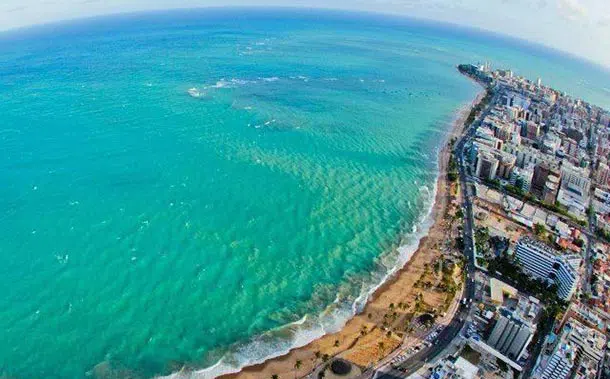
Maceio
Discover Maceio, the pearl of the northeast!
Maceio, capital of Alagoas in Brazil, is a hidden gem, renowned for its turquoise waters and its fine white sand beaches. Renowned as 'the Pearl of the Northeast', this city offers a relaxing atmosphere and it is surrounded by uncontaminated nature. Its privileged location along the coast allows visitors to enjoy beautiful landscape and unforgettable sunsets, making Maceio the best destination for those who want to
escape from everyday life.
THE ENCHANTING BEACHES OF MACEIO
The beaches of Maceio are undoubtedly ones of the best beaches in Brazil. Praia do Gunga, with its rows of palm trees and white land, is a true paradise on Earth, while Praia de Pajuçara offers crystal- clear water ideal for snorkelling and diving. For those seeking a more authentic experience, a visit to the natural pool of Pajuçara, reachable by jangada (a small local boat), is an activity not to be missed. These magical places offer the opportunity to swim among colorful fishes in an extraordinary natural environment.
MACEIO CRUISES
Choosing Maceio as the destination of your cruise means immersing yourself into a world full of beauty, adventure and relaxation. The port of Maceio attracts visitors with its peaceful charm that immediately makes them feel at home. Cruises that stop in Maceio offer the unique opportunity to explore this enchanting destination, with its paradisiacal beaches, delicious local cuisine and warm Brazilian hospitality. It is the best choice for those who want to add a touch of exclusivity and magic to their own trip, discovering one of Brazil's best well-preserved secrects.
Maceió, the capital of the state of Alagoas in Brazil, is a true hidden gem, famous for its turquoise waters and its beaches of fine white sand. Known as the "Pearl of the Nordeste", this city offers a relaxing atmosphere and is surrounded by unspoiled nature. Its privileged position along the coast allows visitors to enjoy breathtaking views and unforgettable sunsets, making it a perfect destination for those looking for an escape from the daily routine.
The Enchanting Beaches of MaceióThe beaches of Maceió are undoubtedly among the most beautiful in Brazil. Praia do Gunga, with its rows of palm trees and white sand, is a true earthly paradise, while Praia de Pajuçara offers crystal clear waters ideal for snorkeling and diving. For those seeking a more authentic experience, a visit to the natural pools of Pajuçara, reachable by jangada (small local boat), is an activity not to be missed. These magical places offer the possibility of swimming among colorful fish in an extraordinary natural environment.
Cruises to MaceióChoosing Maceió as the destination for your cruise means immersing yourself in a world of beauty, adventure and relaxation. The port of Maceió welcomes travelers with its peaceful charm, making them feel immediately at home. Cruises that stop in Maceió offer the unique opportunity to explore this enchanting destination, with its heavenly beaches, delicious local cuisine and warm Brazilian hospitality. It is ideal for those who wish to add a touch of exclusivity and magic to their travel experience, discovering one of the best-kept secrets of Brazil.
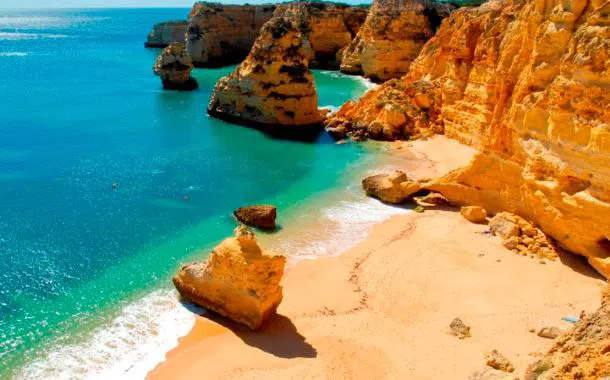
Praia
Praia is the capital of the Republic of Cape Verde, located on the island of Santiago, the largest of the archipelago, west of Senegal. The country is divided into charming little unofficial districts, the most important are Plateau (centre), Achada, Varzea, Safende and Sucupira (bazaar area). At the Sucupira market, you can buy exotic souvenirs, such as Panu or Babosa land, as well as a variety of handicrafts. Its great strength is the port, which, in addition to its development and the fishing industry, allows the export of coffee, sugar cane and tropical fruit. Thanks to its pleasent climate, It is possible to visit the city all year round. Even during the so-called rainy season (from mid-August to mid-October), it can happen that there is no rainfall for weeks. Thanks to ocean currents, Cape Verde has the lowest temperatures of all West African countries. Cape Verdeans are very fond of music, especially zouk, Funana and local HipHop. They are able to dance energetically throughout the night and one can easily join in. The city has several colonial-era buildings. The main attractions in the city center include Albuquerque Square, the old town hall built in 1920, the presidential palace, built at the end of the 19th century, the Monument of Diogo Gomes, the Portuguese navigator who discovered the island of Santiago in 1460. Apart from those mentioned, its beautiful beaches and good nightlife make this place an idyllic destination.Praia is the capital of the Republic of Cape Verde, located on the island of Santiago, the largest in the archipelago, west of Senegal.
This country is divided into charming unofficial small districts, the most important of which are the Plateau (center), Achada, Varzea, Safende, and Sucupira (bazaar area).
At the Sucupira market, among local and culinary products, you can buy exotic souvenirs, such as the earth of Panu or that of Babosa, as well as a variety of handicrafts. Its great strength is the port, which, in addition to the development and fishing industry, allows the export of coffee, sugar cane, and tropical fruits.
In this locality, it is possible to think of visiting it at any time, although the climate is pleasant all year round. Even during the so-called rainy season (from mid-August to mid-October), it can happen that there is no precipitation for weeks. Thanks to the ocean currents, Cape Verde has the lowest temperatures of all the countries in West Africa.
The Cape Verdeans love music very much, in particular, the zouk, the Funana, and the local HipHop. They are able to dance with energy all night and you can easily join in.
The city has several colonial-era buildings. The main attractions in the city center include Albuquerque Square, the old town hall built in 1920, the presidential palace, built at the end of the 19th century, the Monument to Diogo Gomes, the Portuguese navigator who discovered the island of Santiago in 1460.
In addition to those named, it does not have any particular important places to visit, but it is thanks to the beautiful beaches and the beautiful nightlife that makes this place an idyllic destination.
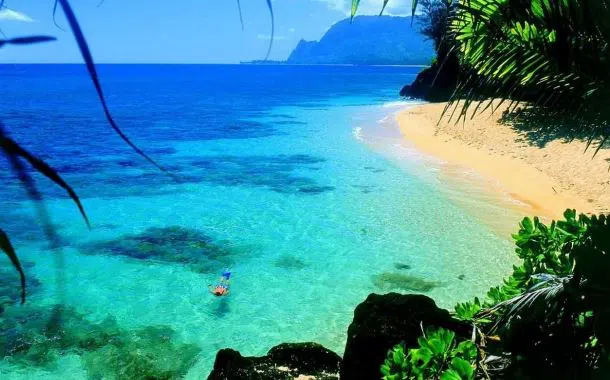
Santa Cruz de Tenerife
Santa Cruz de Tenerife, the capital of Tenerife, is located in the north-east of the island. Its pleasent climate and commercial areas make the city the perfect place for walking and enjoying long hours of relaxation. There are lots of things to visit in the city such as its avenues, parks and Henry Moore's most famous sculptures, hidden treasures and historic buildings such as the Church of the Conception or the Carta Palace.
Do not miss the opportunity to taste local cuisine. Santa Cruz de Tenerife is a beautiful port located in Tenerife, the largest of the western islands of the Canary Islands archipelago. In the area around the port, there are wide avenues, squares, exotic green areas and some examples of modern architecture. At the heart of the city, near the sea, there is Plaza de España, built in the mid-20th century and once the site of the San Cristobal Castle (16th century).
The oldest part of the city is rich in religious monuments. The construction of the Church of San Francisco, one of the best examples of the Baroque style, began in the 17th century. The Church of Pilar, dated back to the 18th century, stands on the remains of an ancient temple. The city has also some green areas filled with exotic tree species. The Garcia Sanabria Park houses an important outdoor Sculpture Museum.
Another not to be missed place is the Maritime Park, a recreational area designed by architect César Manrique and located in the old Canary Islands commercial basin. Also known as the Black Castle, this circular defensive bastion was built in the first half of the 17th century with volcanic stones. From a naturalistic point of view, Tenerife is an island of contrasting landscapes. The wide beaches of fine sand in the south of the island give way to lush vegetation in the north.
Every year, the outfits of the island's capital prepare to host Carnival, declared International Tourist Interest and one of the most spectacular in Spain. Its privileged location makes it possible to enjoy beautiful beaches such as Las Teresitas, get to know the city of San Cristóbal de La Laguna, declared a UNESCO World Heritage Site, or visit Teide National Park, the symbol of the island.
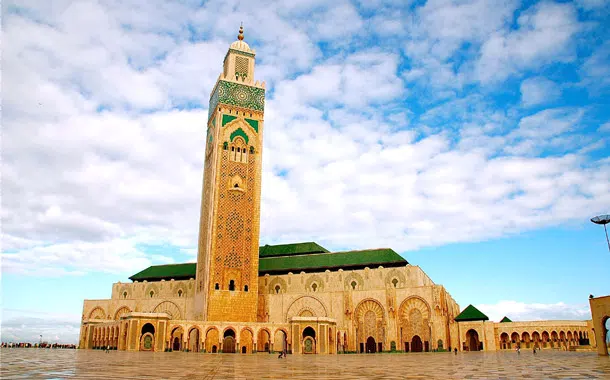
Casablanca
Casablanca is the cosmopolitan, industrial and economic heart of Morocco and represents a developing Nation.
Casablanca is where money was made, where industry is, where art galleries show the best contemporary art and where stylists have a window on the world. The old pirate lair is projected into the future, showing its riches and successes. Casablanca is full of contradictions. It is home to suffocating traffic jams, social problems and slums, as well as wide avenues, well-kept public parks, fountains and a surprising colonial architecture. Rich Hispano-Moresque, Art Deco and modernist gems to be discovered in the city center are the modernist symbol of Casablanca, like the huge and incredibly ornate Hassan II Mosque.
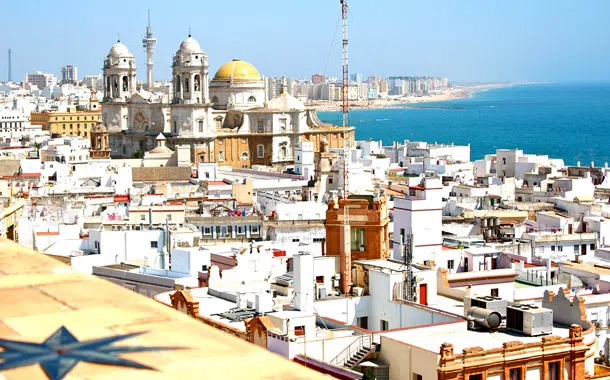
Cadiz
Cadiz is a port city with wide boulevards, squares and gardens with an atmosphere rich in history
Cadiz is an elegant city offering buildings dated back to XVIII and XIX Centuries. The City has a long and charming history: discover its monuments, the museums and all the amazing places where you can taste good food and have a drink. What makes Cadiz special it’s the people that are open, have a great culture and are independent. The majority of them enjoy life and the company of their friends in the many bars and squares of the city.
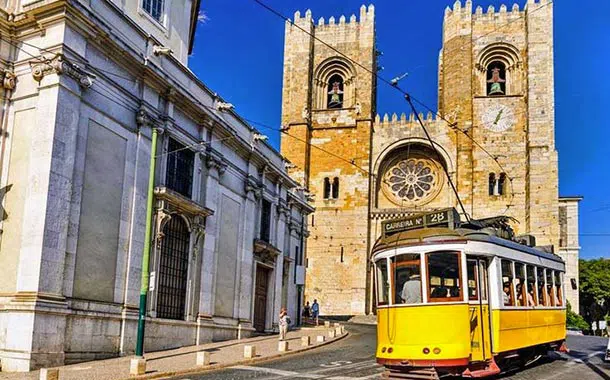
Lisbon
Perched on steep slopes overlooking the Tagus River, Lisbon offers all the pleasures you'd expect from Portugal's main attraction.
The capital of Portugal, Lisbon (in Portuguese Lisboa) has experienced a great rebirth in recent years, with a lively and flourishing contemporary culture. Perched on the coast of the Atlantic Ocean, Lisbon is one of the rare European cities that face the ocean and use water as an element that defines the city. Lisbon enchants travelers with its white limestone buildings, intimate alleys and an ancient charm that makes it a popular destination all year round.
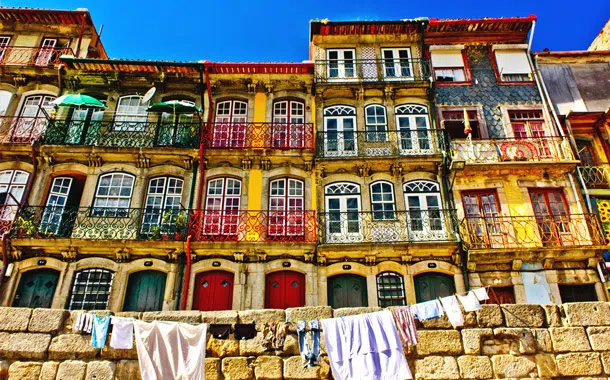
Oporto
At the mouth of the Rio Douro, the hilly city of Porto presents a mix of styles, eras and attitudes: narrow medieval alleys, extravagant Baroque churches, small squares and wide avenues, flanked by stately buildings.
The heart of Oporto is the Ribeira district, an area declared a UNESCO World Heritage Site made up of winding alleys, zigzagging stairs and churches on every corner, village-style squares and old merchants' houses where Roman ruins are hidden under the foundations. In the last two decades Porto has undergone a remarkable rebirth – which is expressed in the buzz of its efficient metro system and the shimmering of some ambitious urban renewal projects. The crowning of the city's glories are the two latest masterpieces, Museu de Arte Contemporânea by Álvaro Siza Vieira and the 'Casa da Música, which have transformed the city into a place of pilgrimage for architecture enthusiasts.
The Dom Luís I bridge an audacious iron arch, which crosses the Douro river, is impressive and not to be missed. It was built by the Belgian engineer Théophile Seyrig, for road traffic. Since 2003 the upper level has been used exclusively by the city's metro trams.
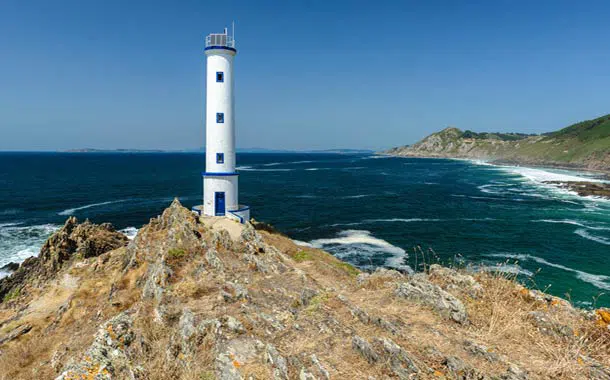
Vigo
Spanish Atlantic Adventures from Vigo!Set sail on a captivating cruise from Vigo, Spain, a vibrant port city in Galicia, known for its stunning Rías Baixas, fresh seafood, and rich maritime history. Vigo offers a picturesque departure point for exploring the rugged beauty of the Galician coast, the Portuguese coastline, and Atlantic routes. Experience its lively atmosphere and culinary delights before embarking on a journey filled with historical discoveries and breathtaking ocean views.
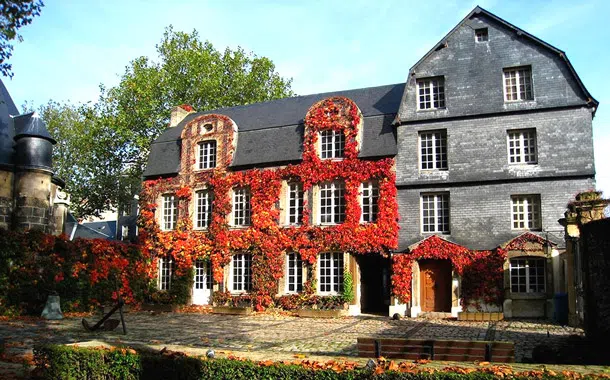
Le Havre
Le Havre is worth a visit, not only as a stopover on the way to Paris or other inland destinations, but also as one of the great examples of post-war planning. It is a strange and strangely fascinating city, listed by
Unesco as a World Heritage Site.
Wandering through the streets of the seaside town of Le Havre, one might think one had stumbled upon a forgotten outpost of the Eastern Bloc. Obliterated by World War II bombings, the city was completely rebuilt by the Belgian architect Auguste Perret and, what emerged from the ashes of old Le Havre, is a kind of love letter to concrete: endless rows of blocks of buildings, straight avenues stretching out from the central square, dominated by the 100 m high 'Stalinist Baroque' style cathedral, looks like something straight out of the pages of '1984'.
Walking through the streets of the seaside city of Le Havre, you might think you've stumbled into a forgotten outpost of the Eastern Bloc. Erased by the bombings of the Second World War, the city was completely rebuilt by the Belgian architect Auguste Perret and, what emerged from the ashes of old Le Havre, is a kind of love letter to concrete: endless rows of blocks of buildings, straight avenues that extend out of the central square, dominated by the 100 m high cathedral in 'Stalinist Baroque' style, looks like something directly from the pages of '1984'.
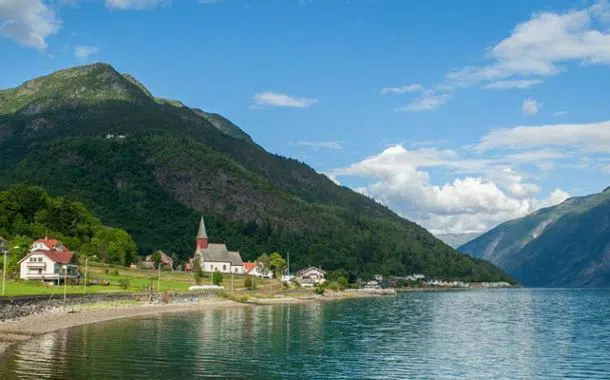
Southampton
Southampton is a city positioned in the South of Great Britain and its port is one of the main ports in Europe. From the port of Southamptos it is possible to set sail for a Cunard transatlantic cruise and reach New York, or visit Amsterdam and Belgium with an MSC cruise. The city offers, further to the New Forest National Park, a wide natural park with its suggestive woods, also many museums and art galleries and remarkable architectural works. Noteworthy is King John’s Palace, of Norman origins as well as the old walls with 7 entrances to the city. An evidence of the Victorian Age is Tudor House, collecting objects dated back to that period. For the art lovers, Southampton City Art Gallery offers exhibitions of any kind of art, from drawing to photography with shows that attract many visitors.
Southampton: The UK's Grand Gateway to Global CruisesSet sail from Southampton, the historic and vibrant port city on England's south coast, renowned as the UK's premier cruise departure point. With its rich maritime heritage, including its association with the Titanic, and excellent transport links, Southampton offers a grand beginning to voyages across the Atlantic, to the Mediterranean, Northern Europe, and beyond. Before embarking, explore its ancient city walls, maritime museums, and lively shopping districts. Southampton provides a seamless and exciting start to your global cruise adventure.
World-Class Journeys Begin from SouthamptonCruises departing from Southampton open up a world of possibilities, from transatlantic crossings to the Americas, sun-drenched Mediterranean escapes, and captivating Northern European explorations. Whether you dream of iconic cityscapes, breathtaking natural wonders, or culturally immersive experiences, Southampton serves as an ideal launchpad. Enjoy the convenience of a world-class port and the anticipation of new discoveries as you leave the shores of England for unforgettable experiences on the open water, promising relaxation, entertainment, and endless exploration. Each voyage from Southampton promises a journey of a lifetime.
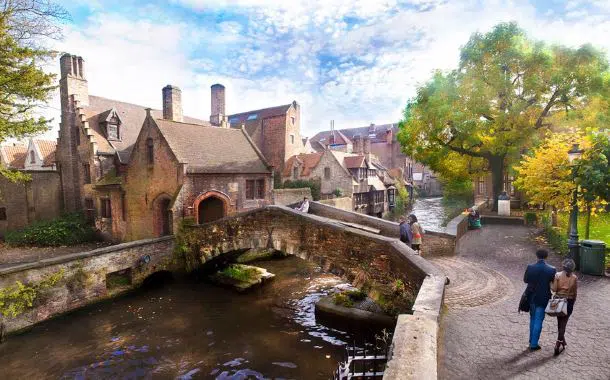
Bruges
Bruges in French, or Brugge in Dutch, (Brügge in German, in Italian anciently Bruggia) is a city in Belgium, capital and largest city of West Flanders, in the Flemish Community.
The medieval historic center of Bruges was proclaimed a UNESCO World Heritage Site in 2000. In 2002, the city was the European Capital of Culture together with the Spanish city of Salamanca. Bruges is the permanent home of the College of Europe and of a Catholic diocese.
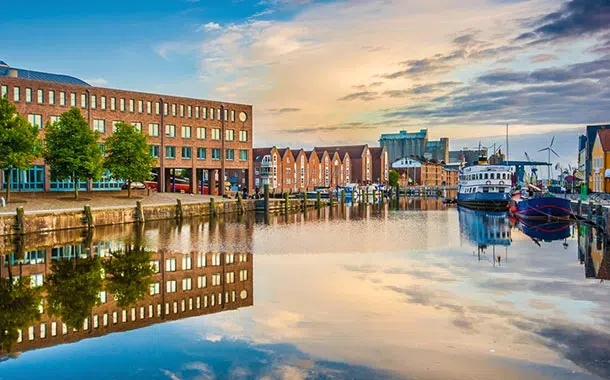
Kiel
Kiel is a city in Eder River and it is near the Baltic Sea. Hamburg and Lübeck are the nearest cities and are about 90 kilometres far from Kiel.
The origins of Kiel are dated back to XII Century. The city was established by Schauenburg Family and it was the farthest north city of the Holy Roman Empire. Among the noteworthy structures, the University is one of the most ancient and was founded in 1665.
During the years, Kiel was subjected to the influence of the neighbouring countries and has been property of Denmark and Sweden. Germany took it back in 1815. At the end of XIX Century, Kiel Canal was opened. It is about 100 kilometres long, and it links the Baltic Sea with the North Sea and it’s been so far one of the most congested canals in the world. Kiel is an important port for the cruises to Northern Europe and has all summer long many departures for the Baltic Capitals and the Norwegian Fjords.
Kiel is an important port of the cruise market: many of the cruises to Northern Europe depart from Kiel. It is no coincidence that it is the most important port in Germany.
